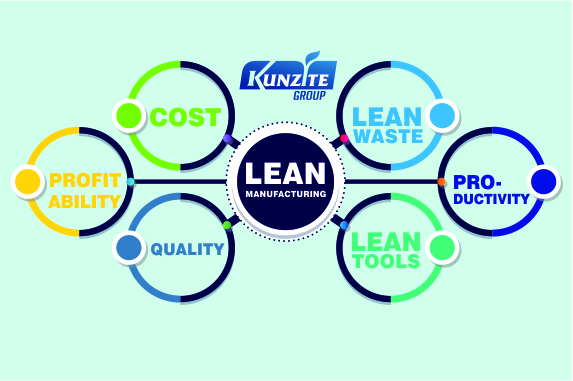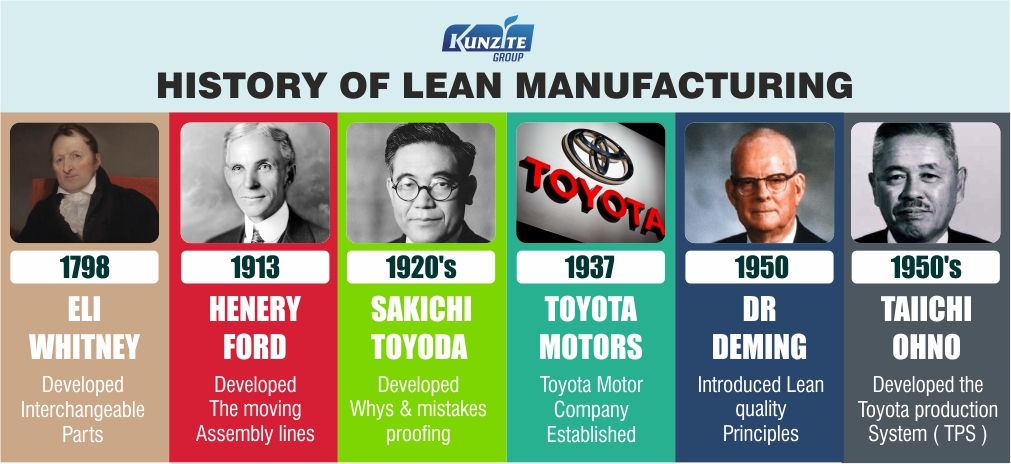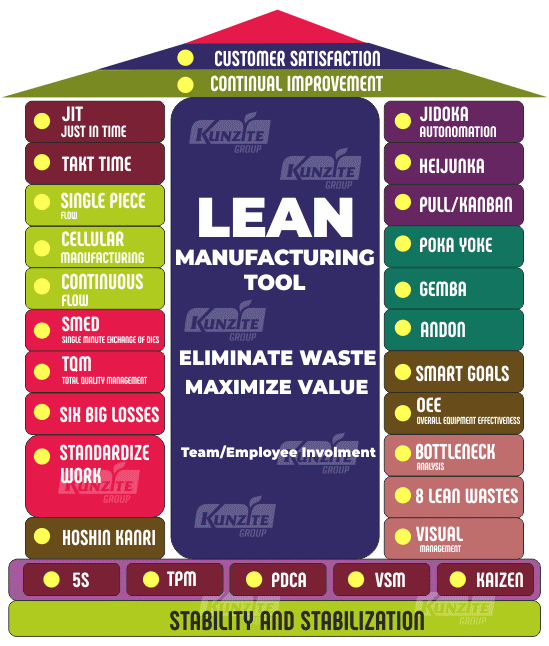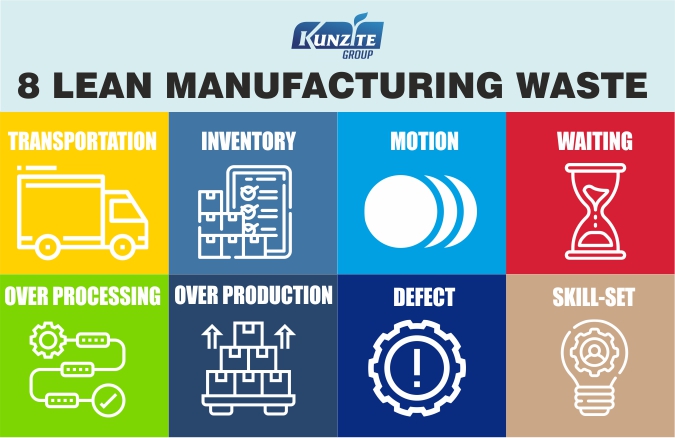Inventory:
If our finished goods are not moving as per the forecast then it is called inventory waste. Inventory has is a physical cost while the overproduction is assumed waste based on the forecast.
Motion:
It is the unnecessary movement of people, machines, or items that do not add value in the final product and it decreases productivity. Motion waste is usually caused by not following the Some examples are employees looking for materials or equipment, poorly designed workspaces, SOP not defined for the process of operation, etc.
Waiting:
Waiting is any type of delays in information flow or material flow which leads to decrease efficiency and increases the manufacturing or operation cost. Some examples of delay are machine failure, the truck is not available for delivery, the semi-finish part is not available for assembly, the child part is not available, inspection pending, etc
Over Production:
If we produce products in bulk based on the forecast so we have to maintain more inventory and for the storage of finished goods we have to pay for space. However, forecasts are commonly imperfect or it changs based on the market condition which leads to too much inventory and which is not good for the organization.
Over Processing:
Over Processing refers to additional work in a process that isn’t required. It costs us in the form of the time of our employees, materials used and wear & tear of equipment, → It also makes your production less efficient.
Defects:
Defects are the most dangerous things for the organization. It is the most visible type of waste and it is also referred to as not meeting customer's specification so it is scrap. We have to bear the cost of the defects and scraps and it impacts our profitability. In some cases, the organization has to bear rework or repair costs in case of defect.
Skills sets (non-utilized talent):
If we are not using our employees to their full potential, talents or skills then it is a loss for us. We can have a big effect on our organization's bottom line. Examples of skill-set waste are Poor teamwork, minimal training, bad communication, and unnecessary administrative tasks.




